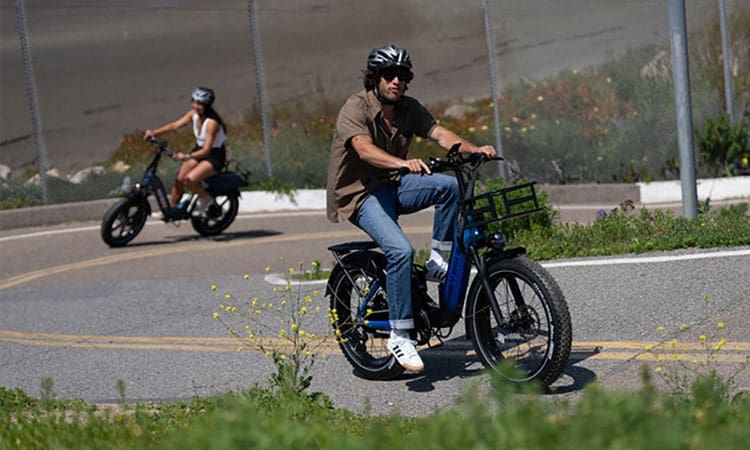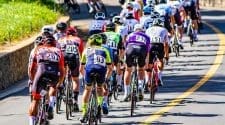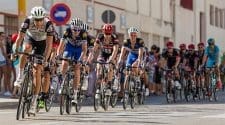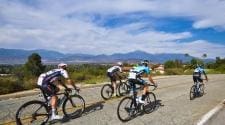Many cyclists believe the best way to improve is to ride more miles. It feels like the obvious answer—more time in the saddle must mean faster progress. But after a while, the gains slow down. Fatigue builds, motivation drops, and sometimes injuries show up.
The truth is that cycling fitness doesn’t come from endless hours alone. It comes from balance. Smarter training creates stronger, more consistent riders than overloading the body ever will. This article will walk through practical ways to build fitness that lasts. You’ll see why structure, recovery, nutrition, and long-term thinking matter just as much as miles on the road.
The Role of Structure in Smarter Training
Cycling isn’t only about grinding out ride after ride. Without structure, it’s easy to ride too hard one day and too easy the next, which slows down progress. A clear plan helps you target different areas of fitness in a sustainable way.
Start with weekly goals that make sense for your lifestyle. Consistency is more important than chasing the biggest weekly mileage. Include endurance rides to build aerobic fitness, intervals to improve power, and recovery days to let your body adapt.
Some cyclists even adjust their training by using an electric bike for light spin days. This option makes it easier to control effort and avoid pushing too hard when the body needs rest. It’s one way riders can stay active while still respecting recovery.
The point is to use structure to get the most from your effort. A plan keeps you accountable but also prevents overdoing it. Structured training is what separates steady growth from cycles of burnout.
Listening to Your Body
Even with a plan, no two weeks are the same. Life, work, and stress affect how much energy you have for training. That’s why listening to your body is key.
Signs of overtraining show up in different ways. You might feel tired all the time, lose motivation to ride, or struggle with sleep. Performance dips are another signal that your body needs a break. Ignoring these signs often leads to injury, which sets training back even further.
It’s better to adjust the plan than push through when your body is saying no. Skipping one ride or swapping in a recovery day won’t undo months of progress. In fact, it helps you come back stronger. Flexibility is what keeps training sustainable in the long run.
The Power of Recovery
Cyclists often think fitness comes only from hard rides, but that’s not true. Muscles grow and adapt during recovery. Without enough rest, the body can’t get stronger.
Active recovery is a great way to keep blood flowing without adding stress. Gentle stretching, foam rolling, or a light spin can make a big difference. Some riders enjoy yoga for flexibility and balance, which supports cycling posture.
Sleep is another area you can’t skip. Quality sleep restores energy, repairs muscle, and helps the mind reset. Aim for steady sleep patterns, not just catching up on weekends.
When you value recovery as much as training, you build fitness that lasts. Rest isn’t time lost. It’s part of the process, and it ensures every hard ride actually counts.
Fueling for Sustainable Fitness
Training smart also means fueling smart. Food is the fuel that powers rides and recovery. You don’t need complicated diets, but you do need consistency.
No products found.

















